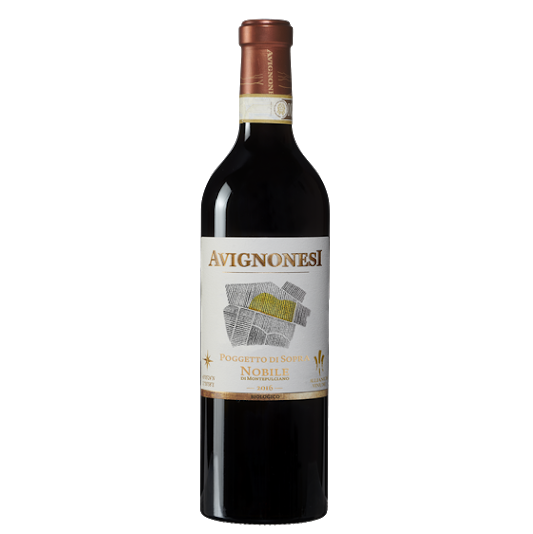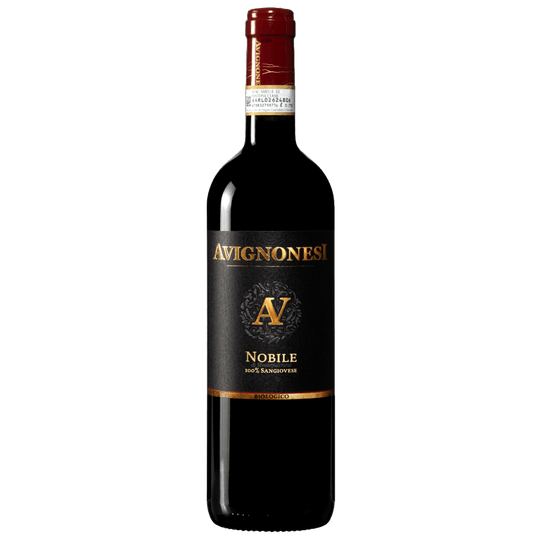Sangiovese
Sangiovese is one of Italy’s most iconic and widely planted grape varieties, known for producing wines that are rich in character, versatility, and history. As the dominant grape in some of the world’s most renowned Italian wines, including Chianti, Brunello di Montalcino, and Vino Nobile di Montepulciano, Sangiovese has earned a special place in the hearts of wine lovers. Whether you're sipping a light, everyday bottle or a complex, age-worthy wine, Sangiovese offers a diverse range of styles that showcase Italy's rich winemaking traditions.
Sangiovese’s history is deeply intertwined with Italy’s winemaking culture. It is believed to have originated in central Italy, specifically in the Tuscany region, and its name is thought to be derived from the Latin words “sanguis Jovis,” meaning “blood of Jupiter,” reflecting the grape’s deep roots in Italian heritage and its prominent role in the country’s wine culture.
Sangiovese is one of Italy’s most iconic and widely planted grape varieties, known for producing wines that are rich in character, versatility, and history. As the dominant grape in some of the world’s most renowned Italian wines, including Chianti, Brunello di Montalcino, and Vino Nobile di Montepulciano, Sangiovese has earned...
Read More
























